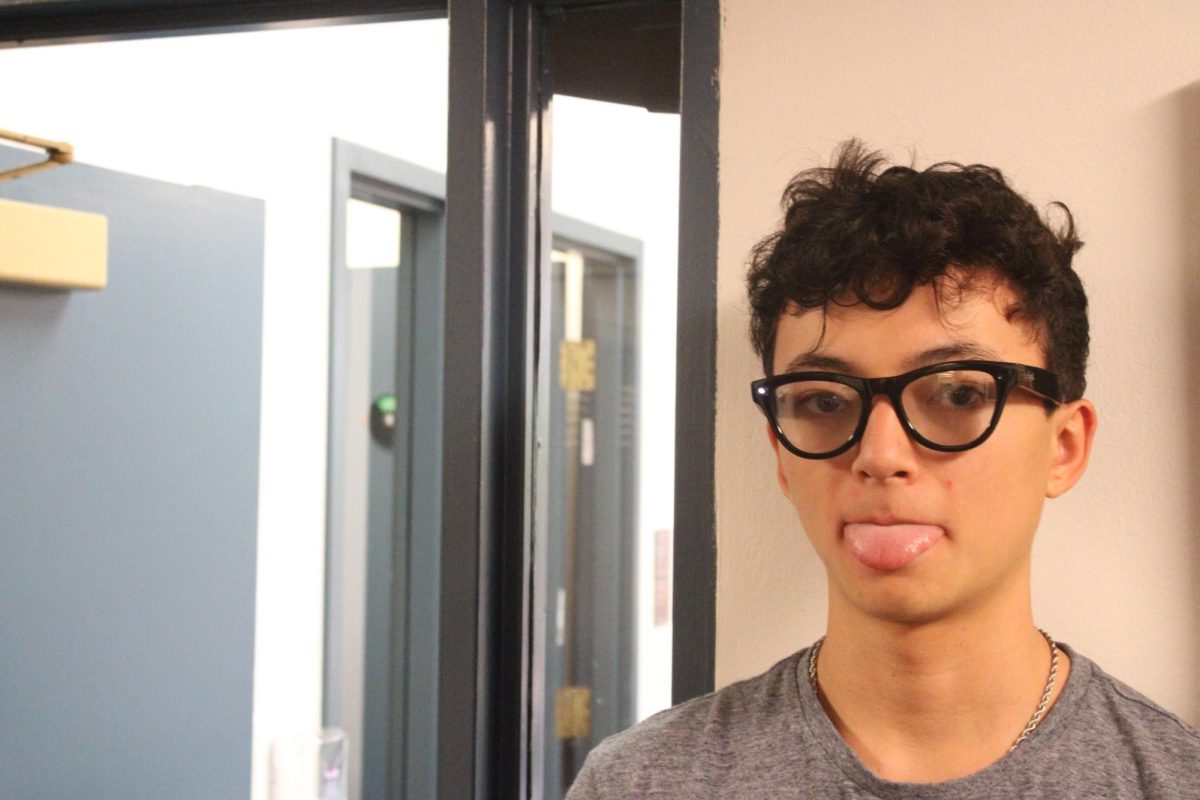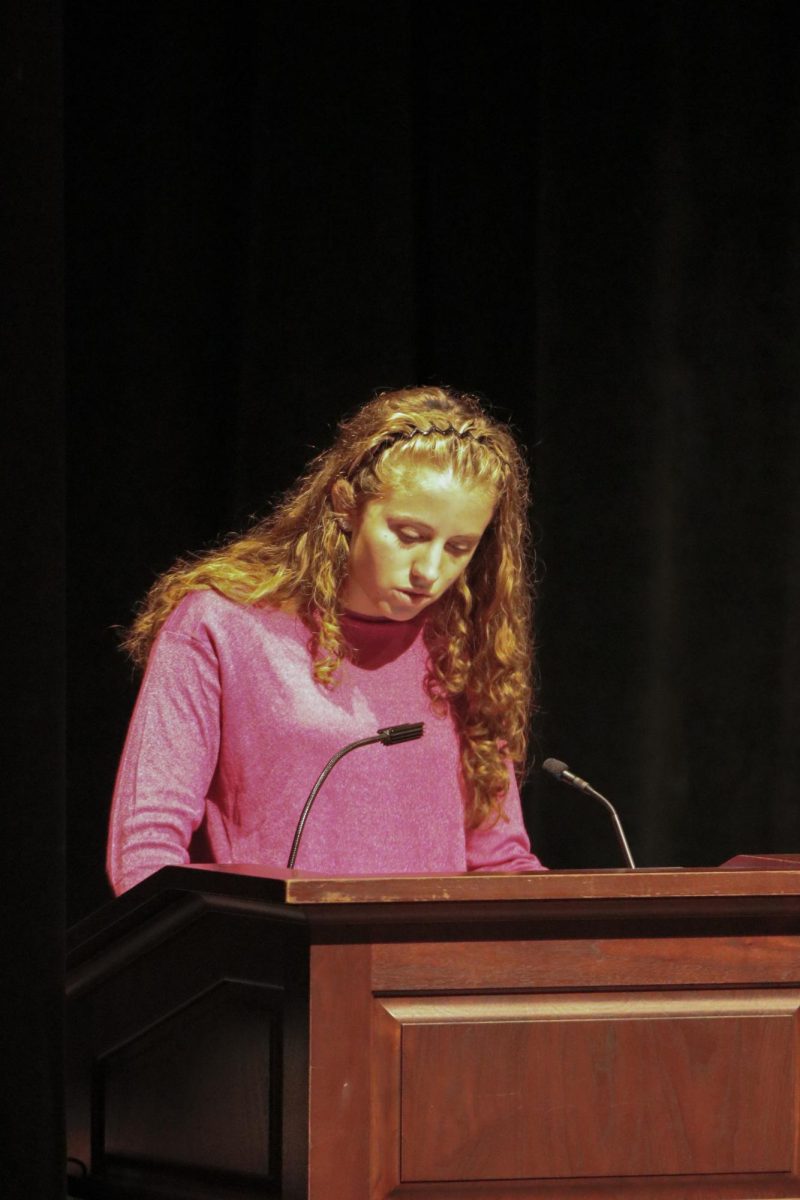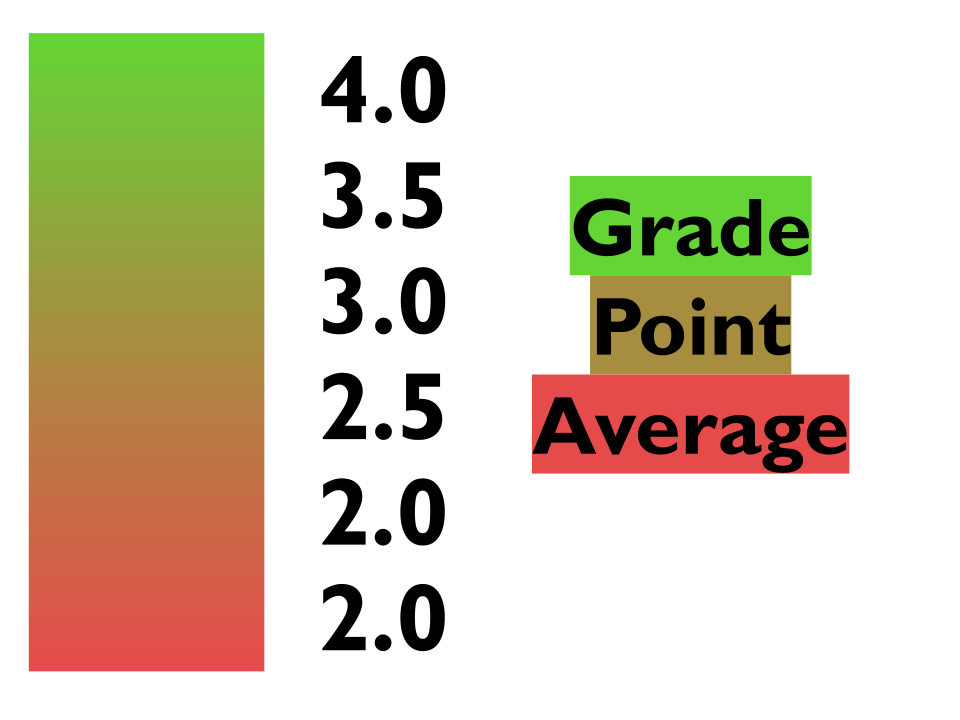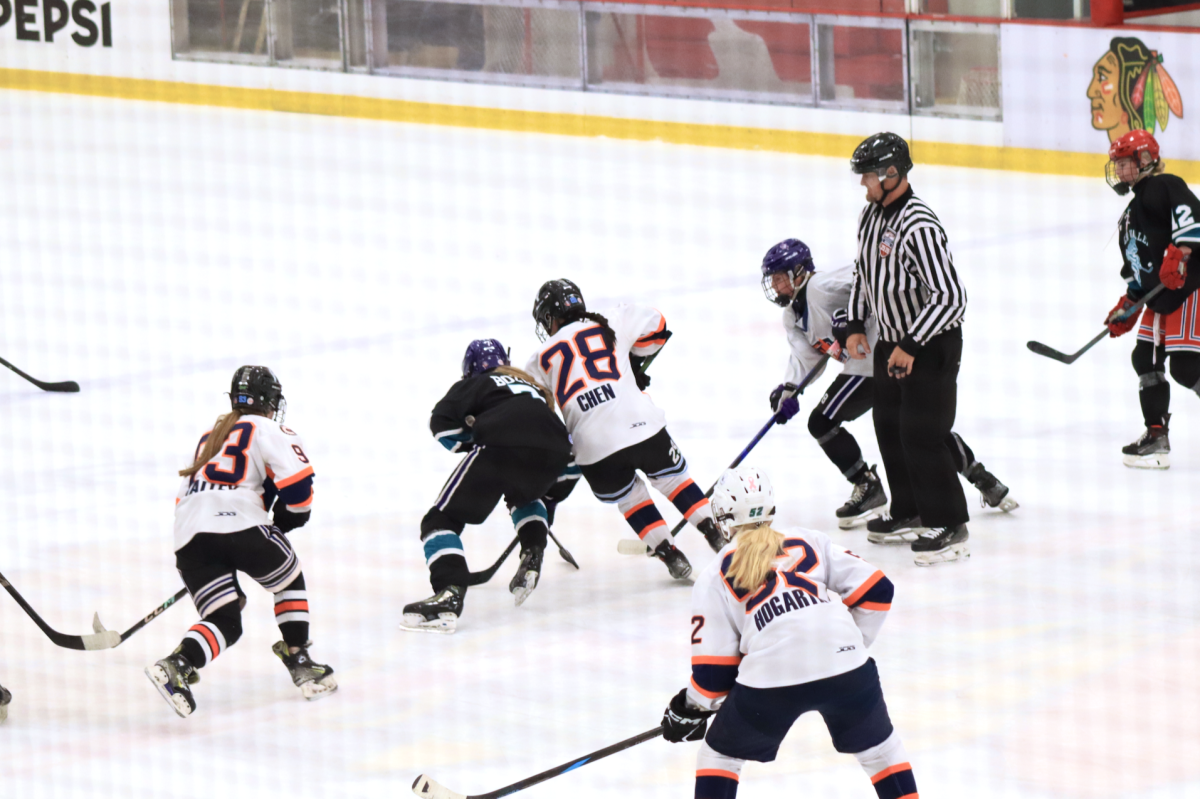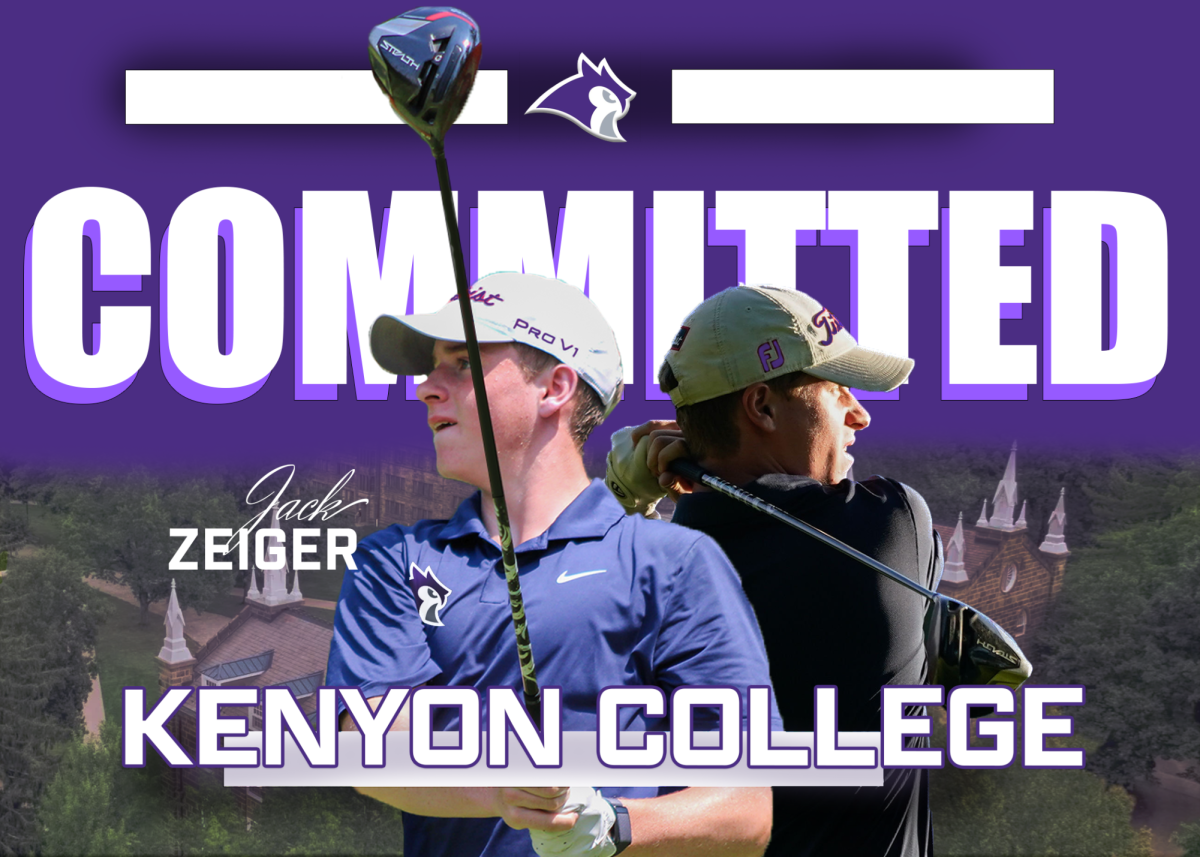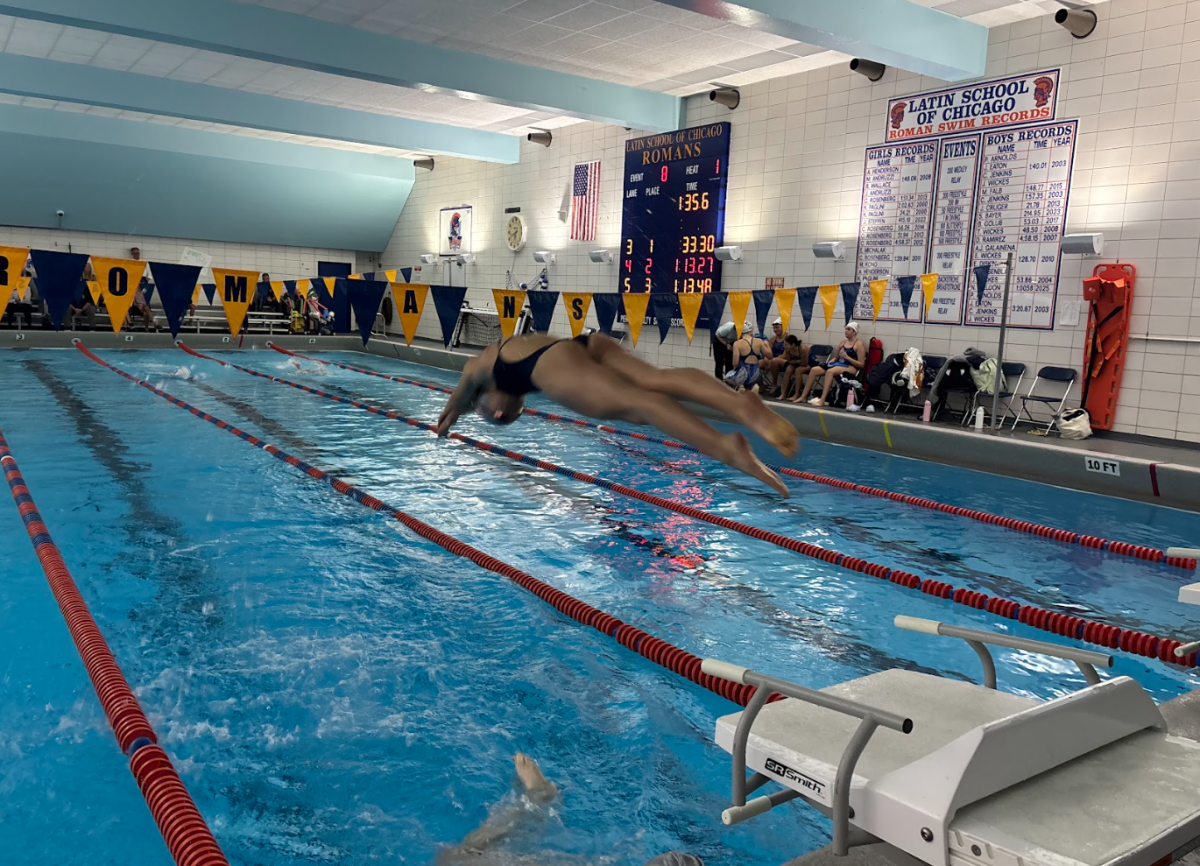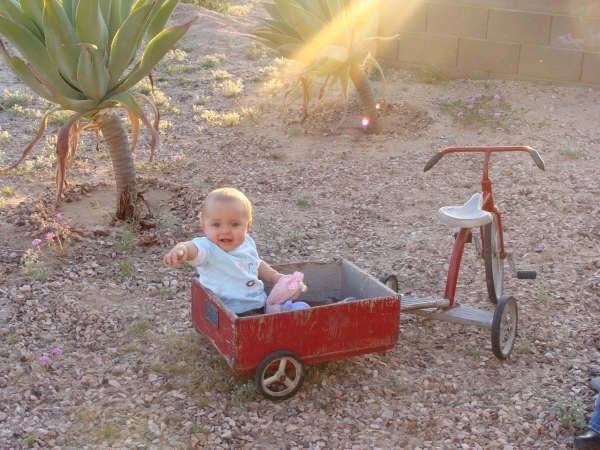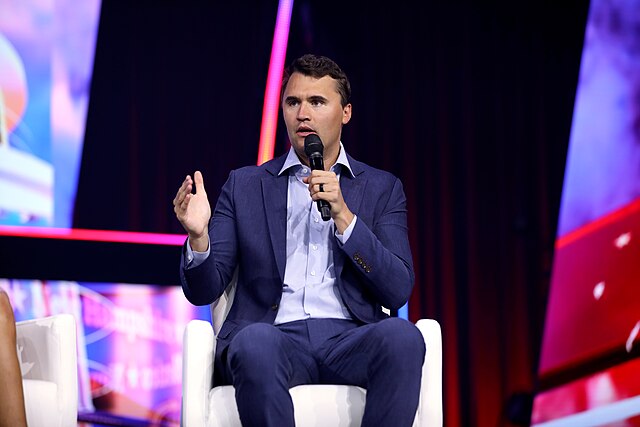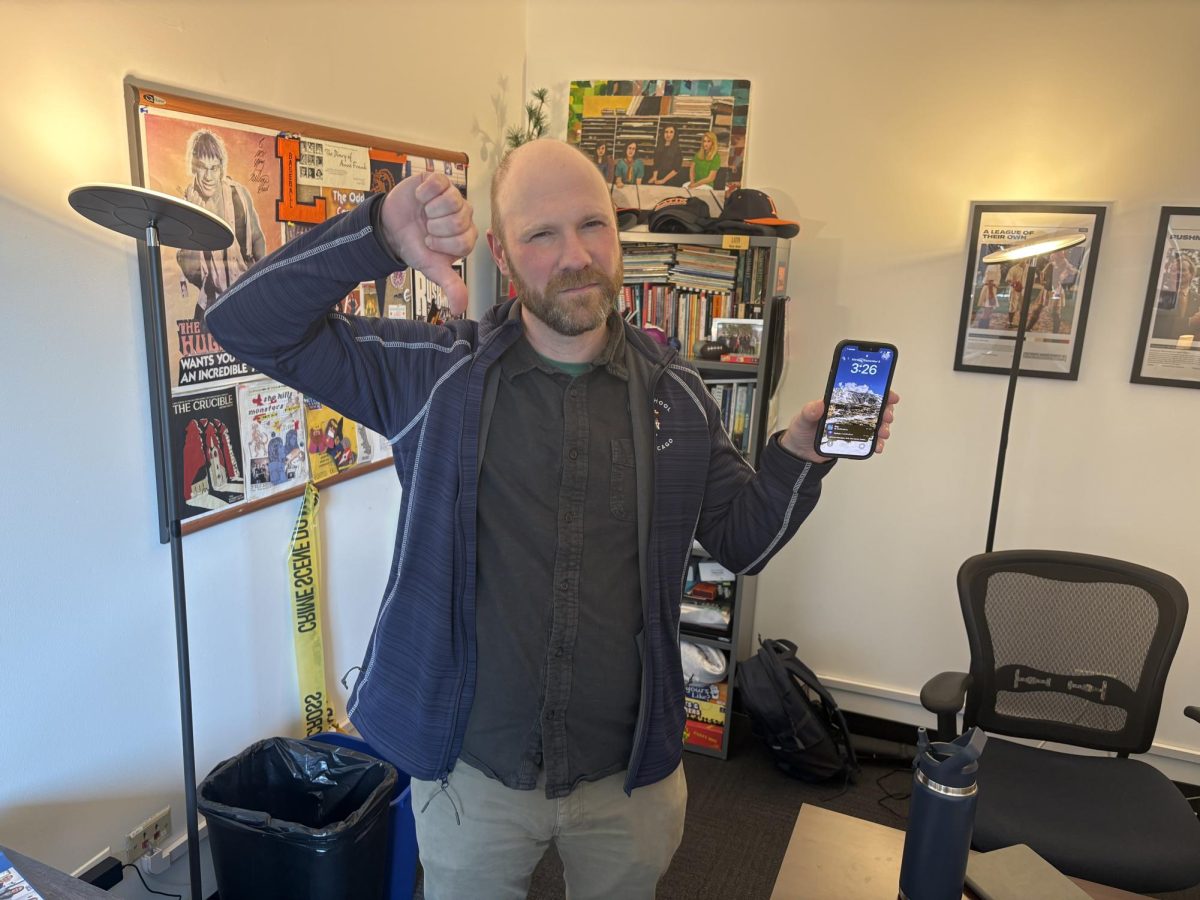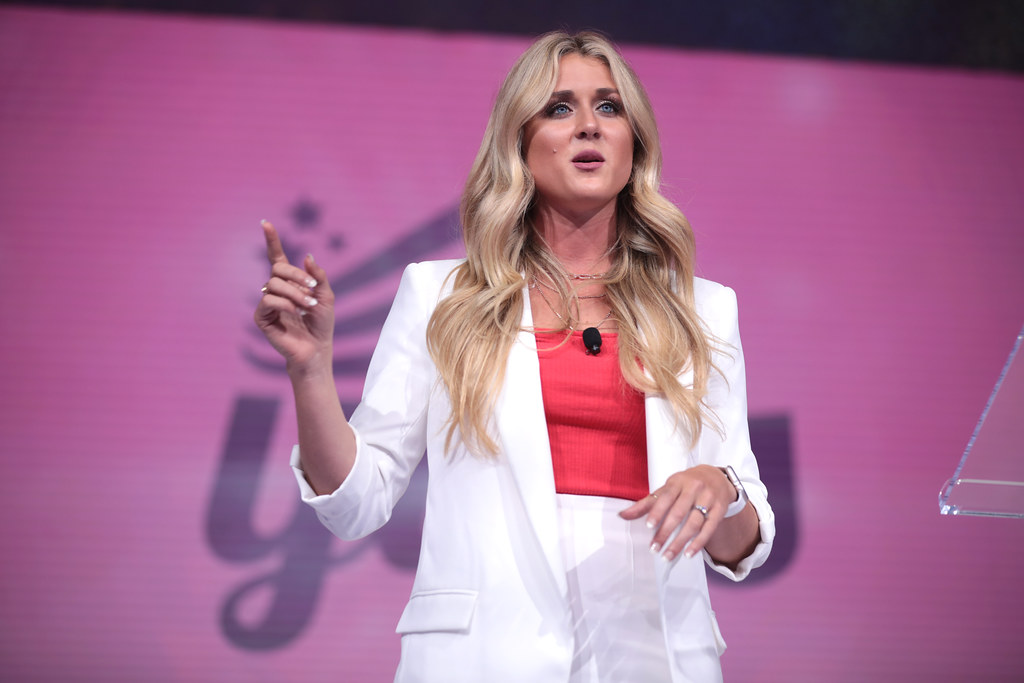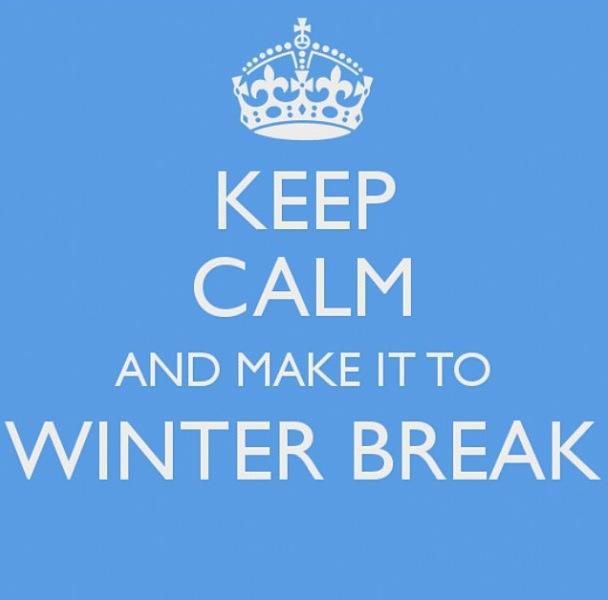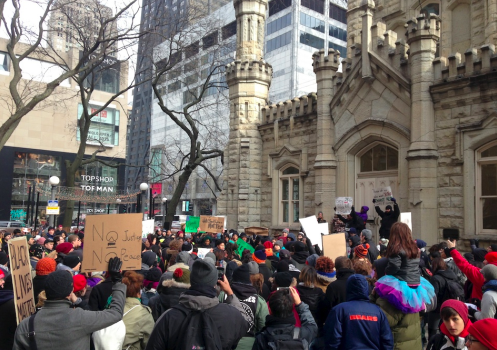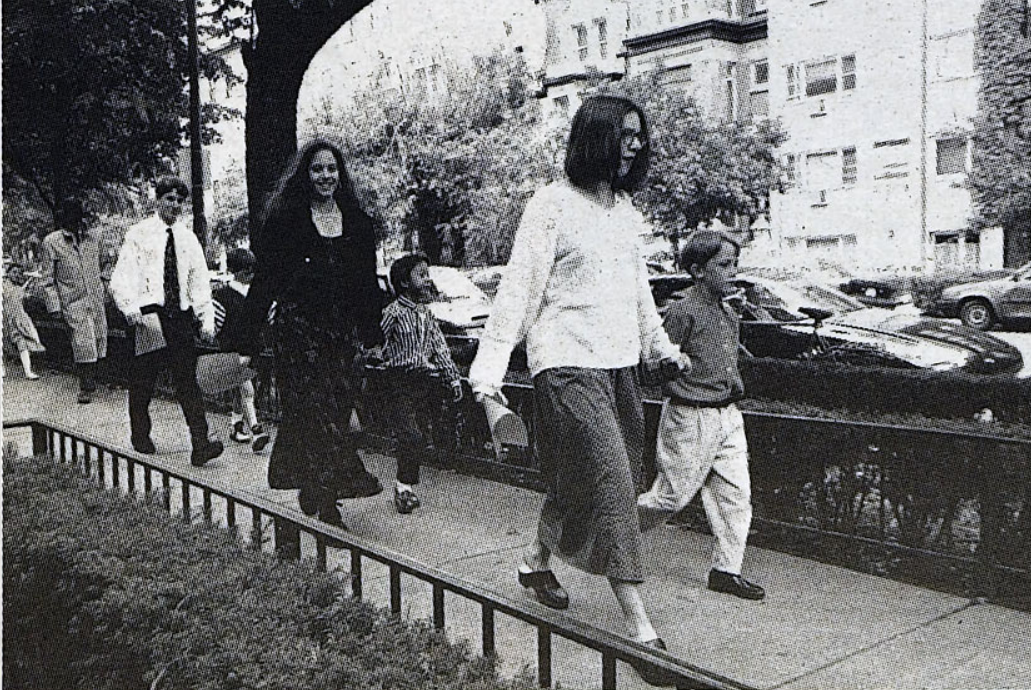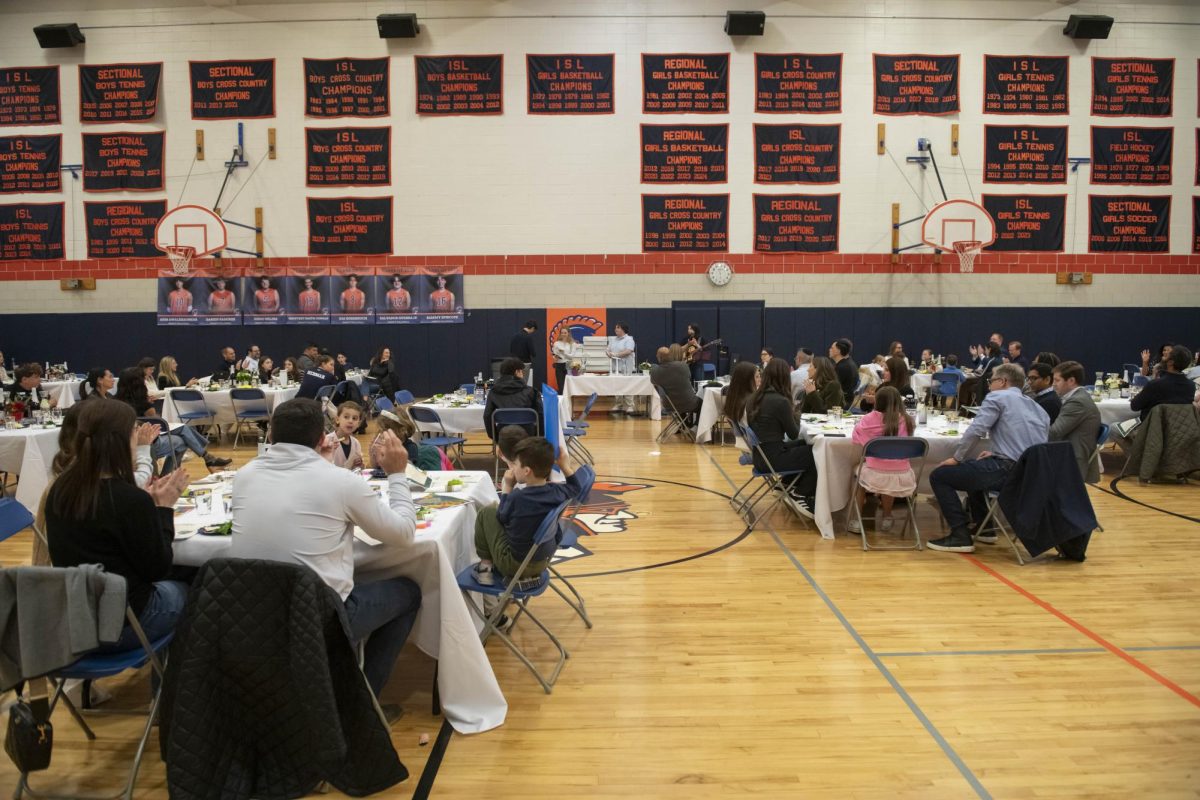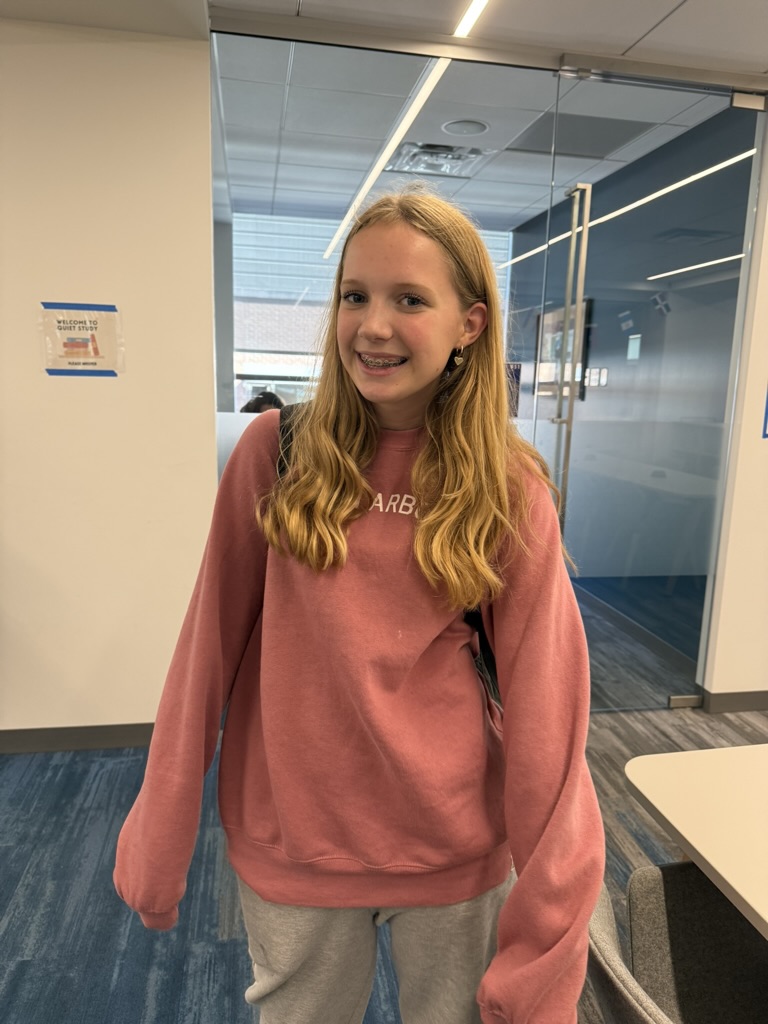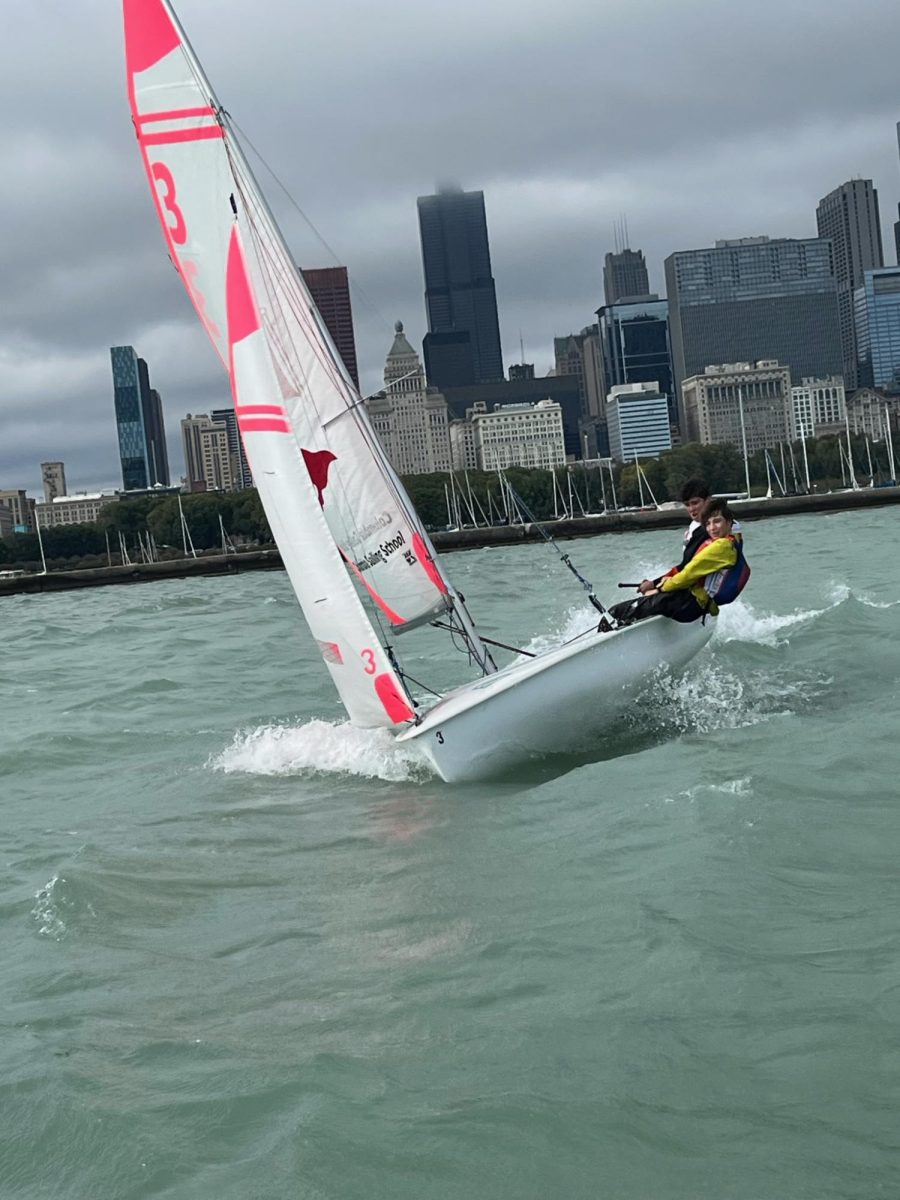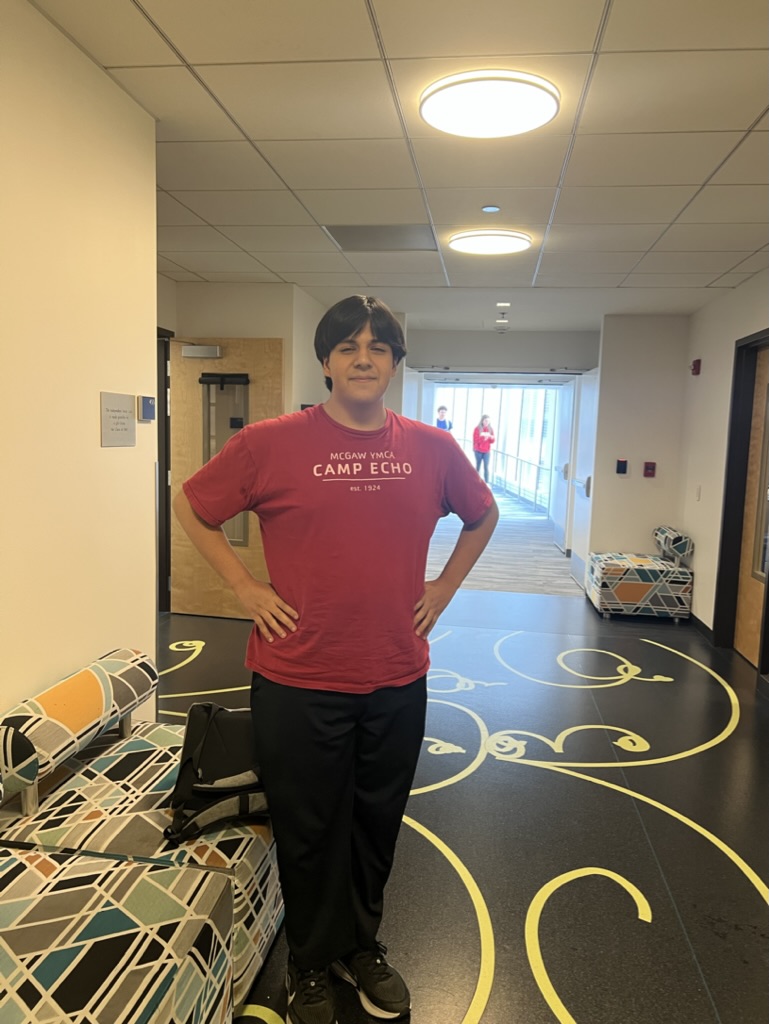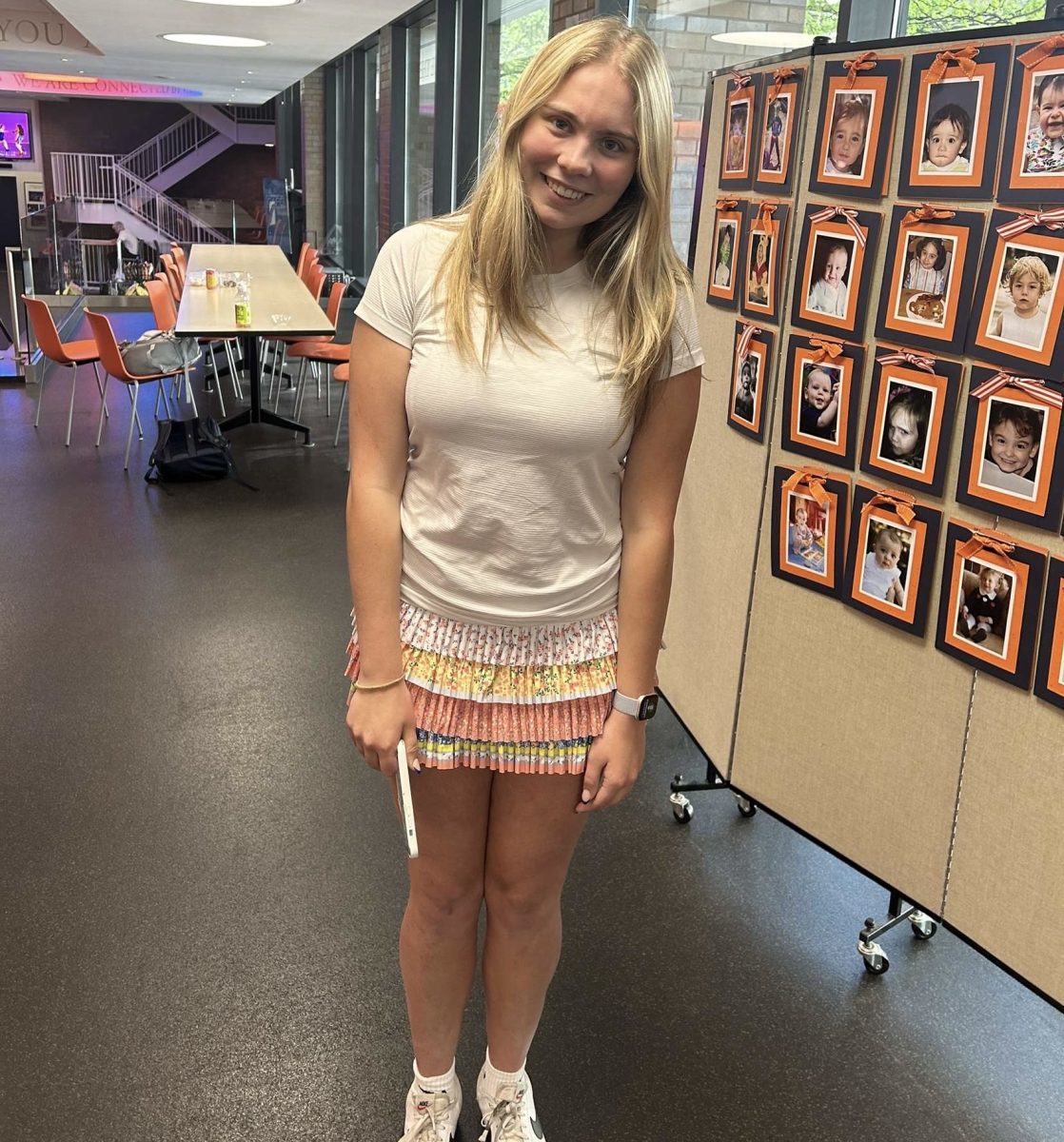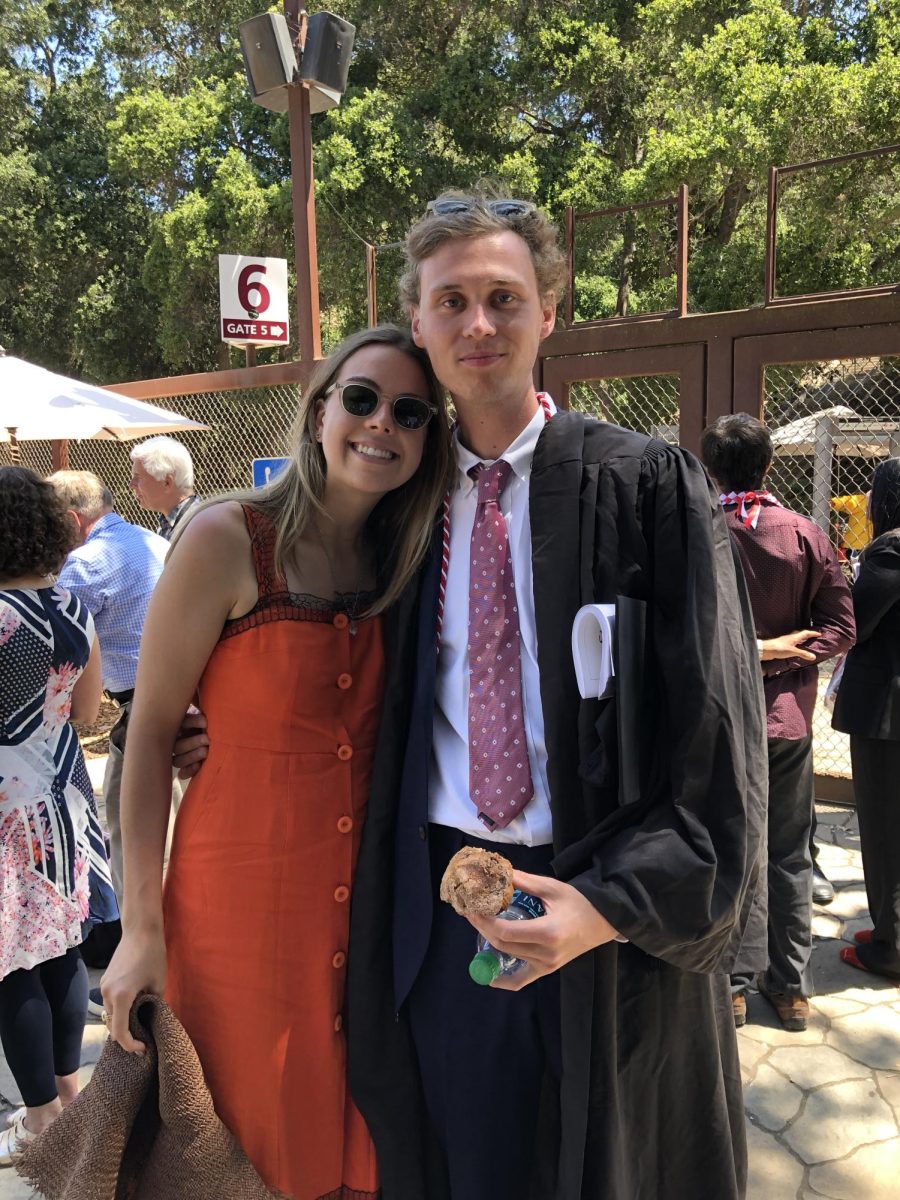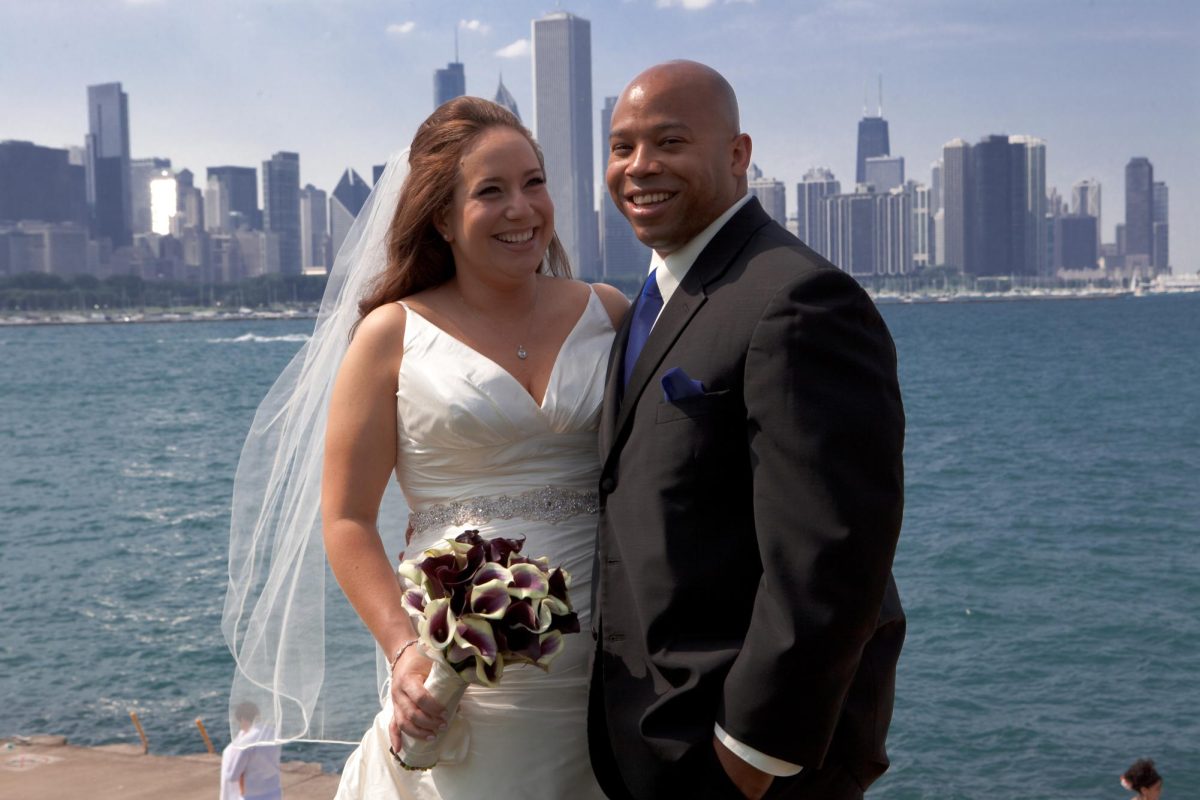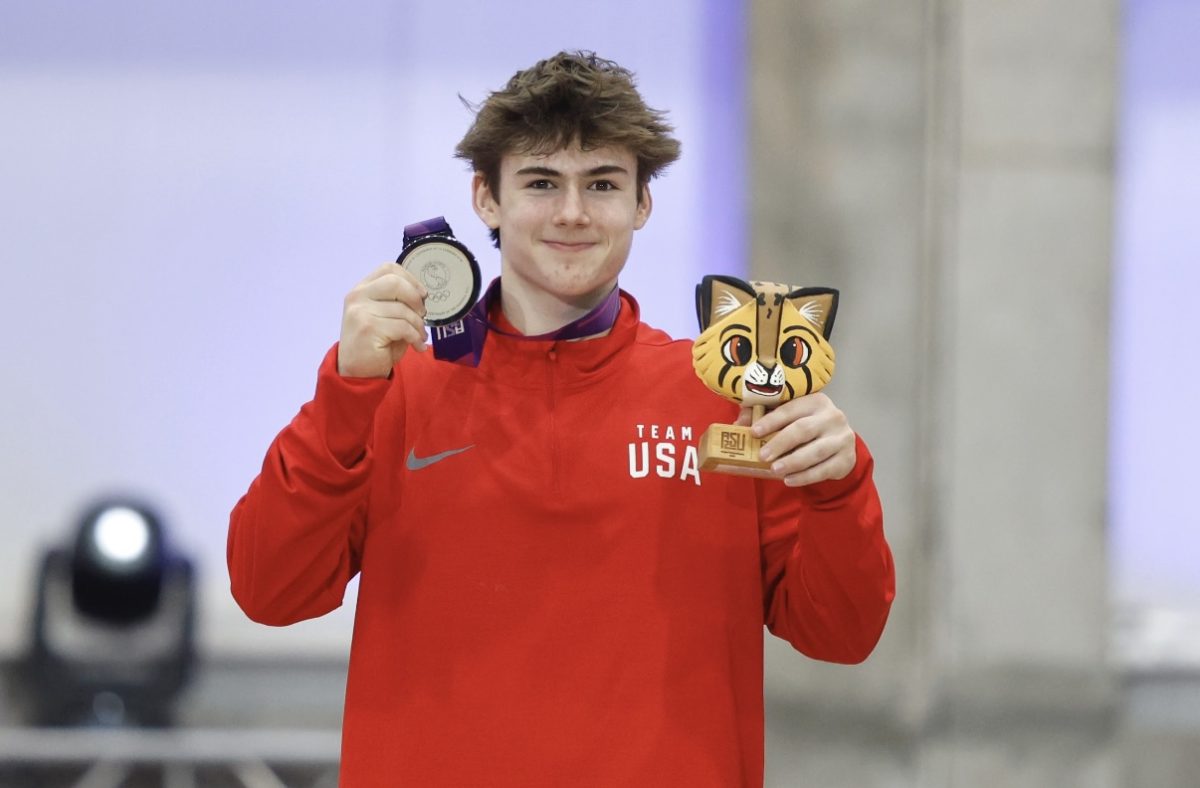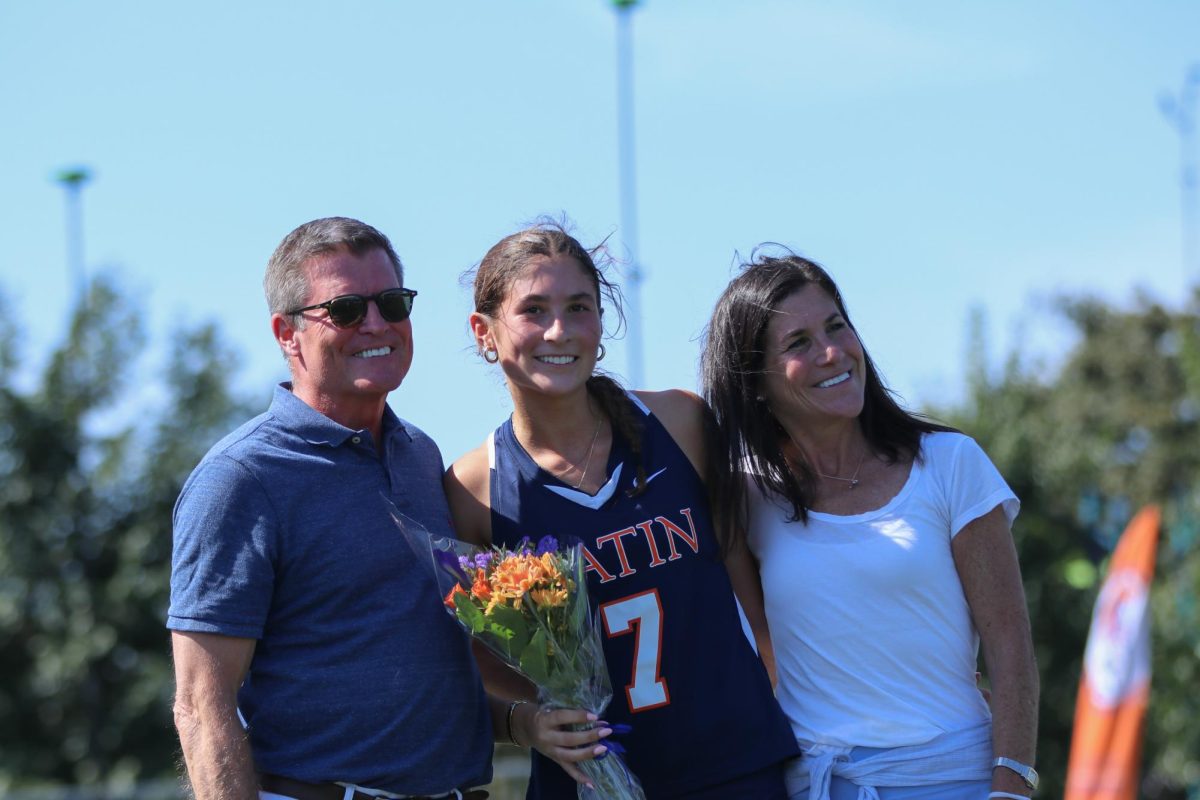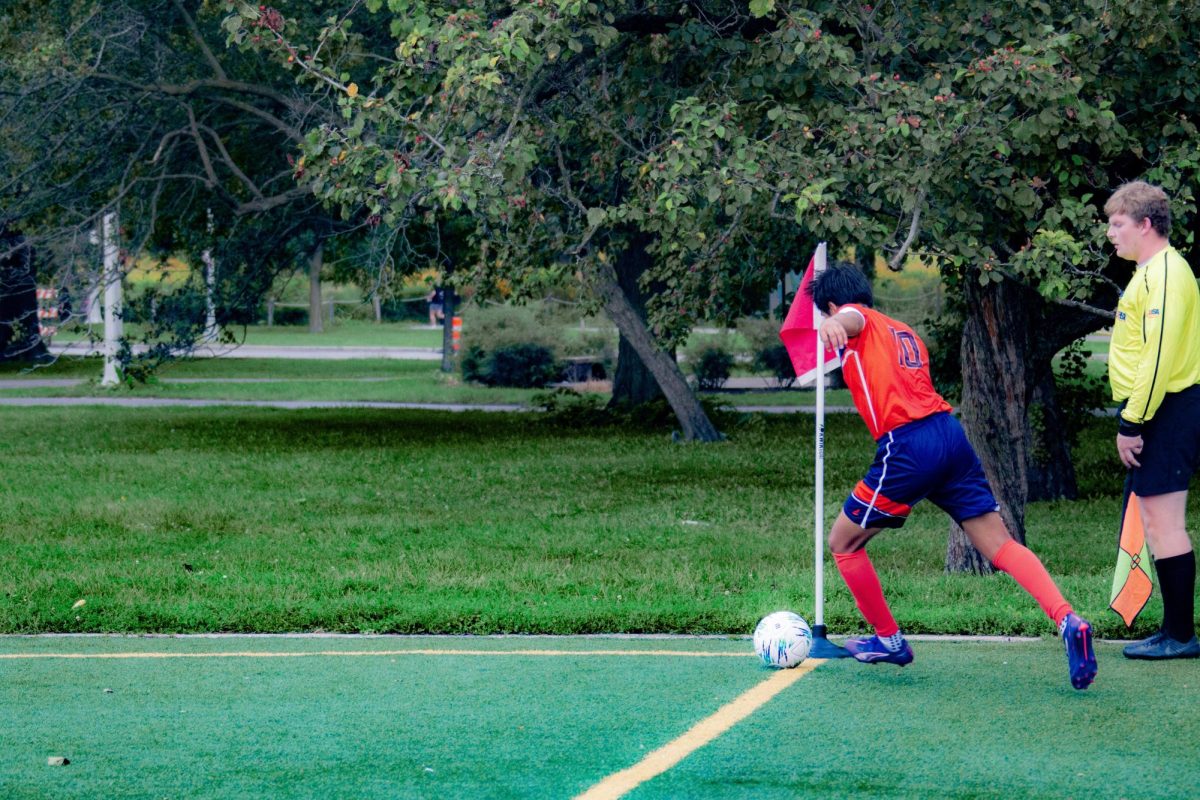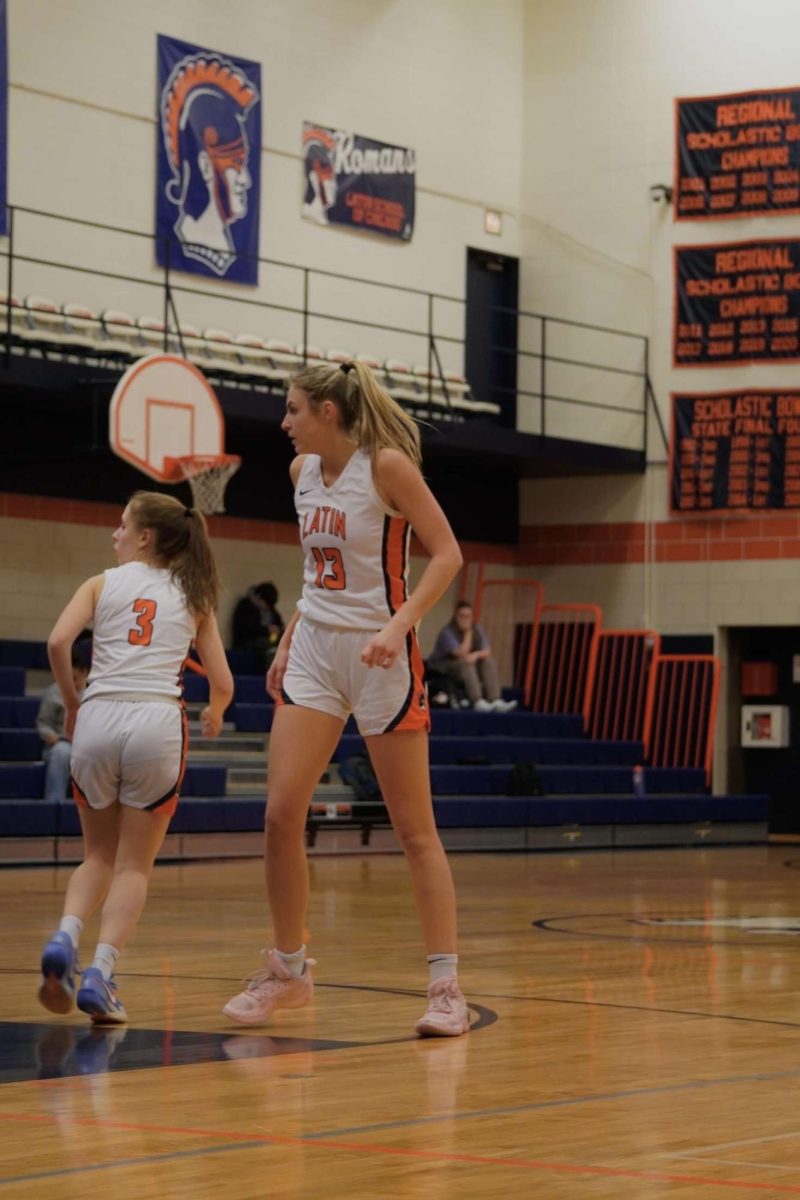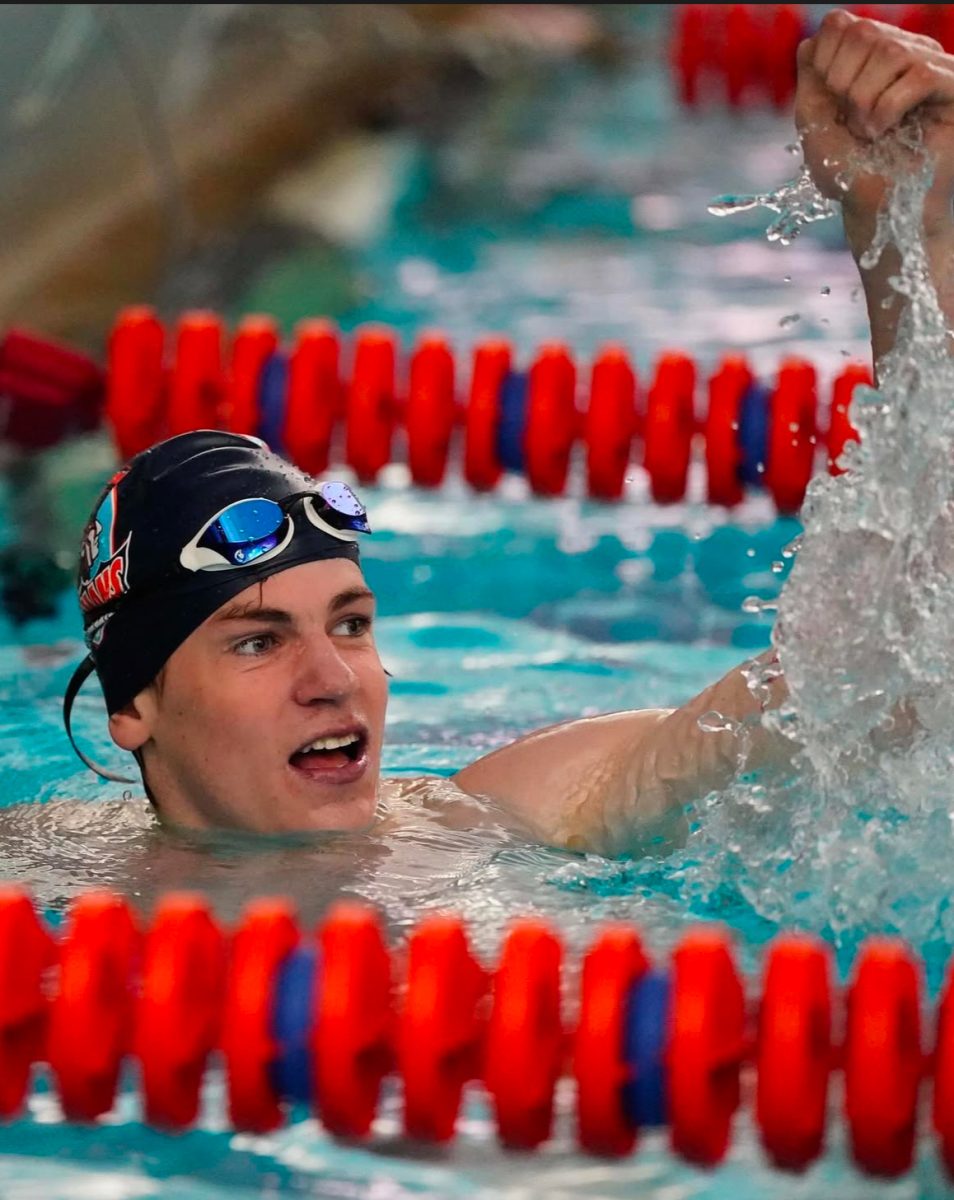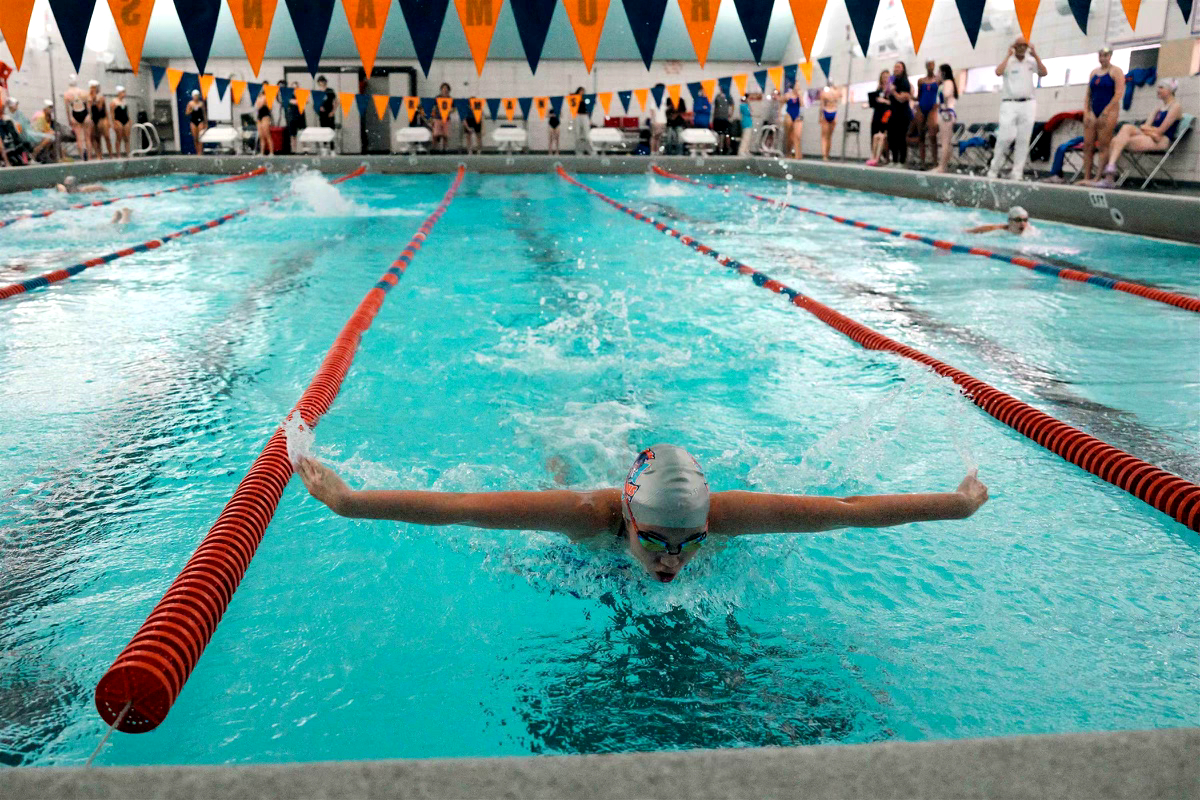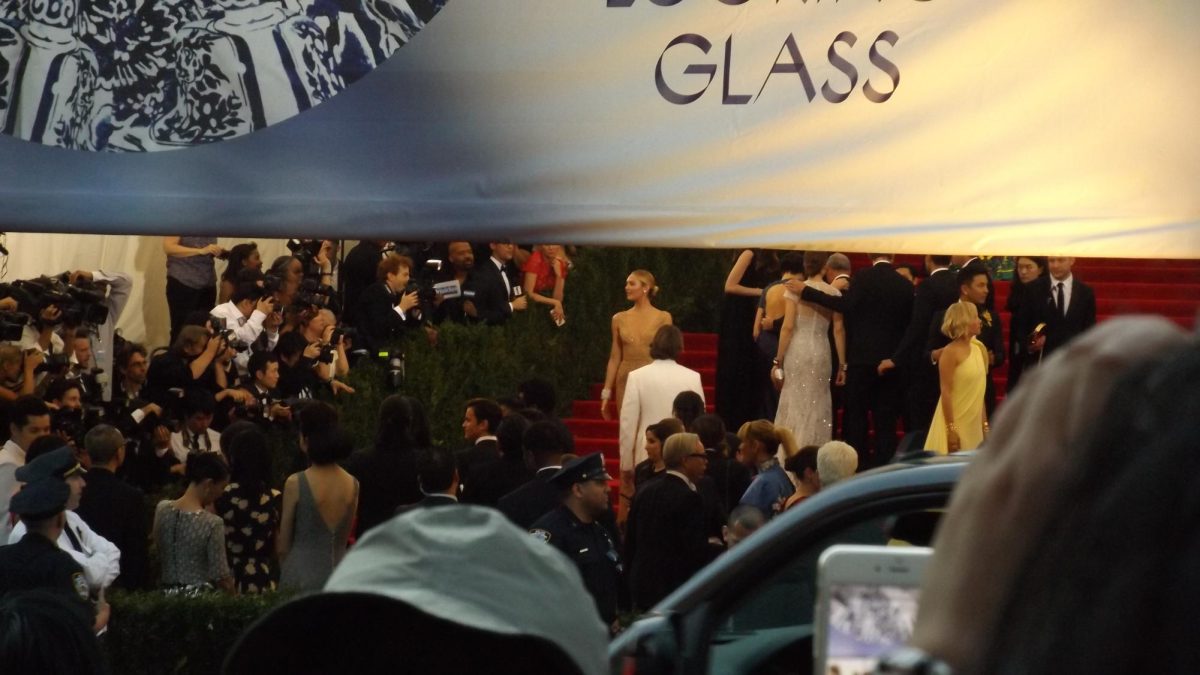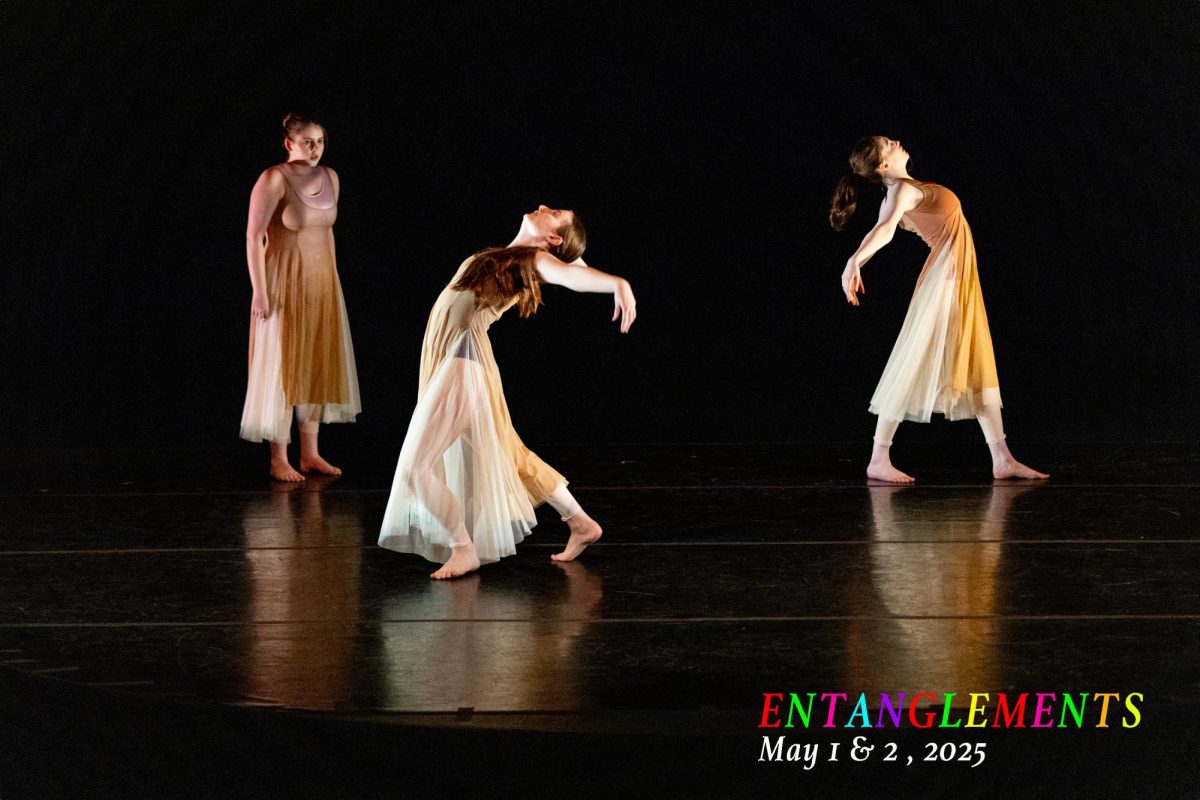By Philip Hinkes “You looking for the Haunter too, bud?” “Uhhh…. yeah…..actually… I am,” I said, looking up from my phone to see an unfamiliar face in front of me. In one hand, he held an iPhone with a cracked screen and in the other, a leash connected to a noticeably exhausted pit-bull. He wore an Old Town Ale House shirt that must have fit him five years and 40 pounds ago. His cargo shorts sagged well below his knees, and a mesh hat attempted to covered up hair that had not been washed since the release of the first Pokemon game. “I’m Josh,” he said. “We can catch the Haunter together. It will be easier.” As we continued our search west on North Avenue, Josh recounted his life story, telling me that his girlfriend had recently broken up with him, and, perhaps more tragically, that he accidentally traded away his prized Butterfree that morning. We caught the Haunter before going our separate waves. Josh is just one of the many characters I met during the unhealthy amount of time I played Pokemon Go this summer. Too many of my days were spent wandering through random parks and too many of my nights were wasted at the local Poke-gym, battling fellow enthusiasts (like Josh). On a family vacation to NYC, I roamed fifth avenue for an hour in the vain pursuit of a Jigglypuff. Of course, you are probably wondering why I would spend inordinate amounts of time playing an iPhone game (especially when my time could be spent, you know, applying to college). The answer is simple: Pokemon was beautiful. In 1995, Satoshi Taijiri created 150 original Pokemon (Pokemon means “Pocket Monster” in Japanese) who kids could catch, train, and battle on their Nintendo game systems. Soon after came Pokemon cards, and they too could be caught and battled (their appeal was very similar to that of baseball cards). In the Kanto region, each Pokemon was strong in its own way. Water types were super-effective against fire, Fire types super-effective against Grass, and Grass types super- effective against Water; there were no trump cards. When a Pokemon was knocked out, it could be revived with ease and as many times as necessary. Some Pokemon started weak, but could become stronger with a patient trainer. On a given summer day, I might have spent hours leveling up my Magikarp in hopes of it evolving into a Gyrados, and when it did, the ensuing bliss was well worth it. When buying new cards, you never knew what Pokemon might be inside the package. When meeting a new Pokemon enthusiast, you never knew if he possessed the sought after Charizard. And when engaged in a ferocious battle, you never knew if you would draw the right card at the right time. Every new deck, battle, and episode was like a Christmas morning: What new presents would you get? But all good things come to an end. In 2002, Nintendo created (or contrived) 150 new Pokemon as a means of making more money (which they ultimately did). But it was as if these “Next Generation” Pokemon had taken steroids: bigger, faster, stronger, uglier, and armed with excessively powerful attacks and astronomically high health levels. On one occasion, I battled my friend using the strongest of my original 150 Pokemon. In the game, Whalelord, a growth-hormone-taking next generation Pokemon, massacred my team faster than Moby Dick did the crew of the Pequod. Since the original 150, nintendo has conjured up 611 new Pokemon, each one stronger and more prosaic than the next. Mass production created a 15 billion dollar franchise and killed the magic. And so I welcomed the creation of Pokemon Go, hoping it might contain the same beauty that had attracted me to the Original Pokemon. And it did (as is evident by my excessive playing described earlier), but something happened the other day. I arrived late to my 18th birthday party because I was playing Pokemon Go. As I sheepishly entered the restaurant, my Grandma inquired, “18! You’re an adult now, what is it like to be in the real world?” Well, I can tell you Pokemon Go is not the real world. Outside of our iPhones, everyone is not always of equal importance. There are clear winners and losers, and in the grand scheme of things, not everyone will get to level up. There are no revives or potions or rare candies or PokeCenters to fix every problem. Time is too precious to spent leveling up a Magikarp, and in some cases, you may even encounter a Whaleord. But I would like to thank Niantic and Nintendo, because amidst the chaos of my senior year—the fear I might get rejected from the college of my dreams, the loneliness I know I will feel when I leave Latin, the realization that I am starting my adult life, the confusion I have about where the hell it will take me—they reminded me of a time when nothing mattered. Childhood goes too fast.]]>
Categories:
Pikachoosing to Quit Pokemon Go
September 18, 2016
0

